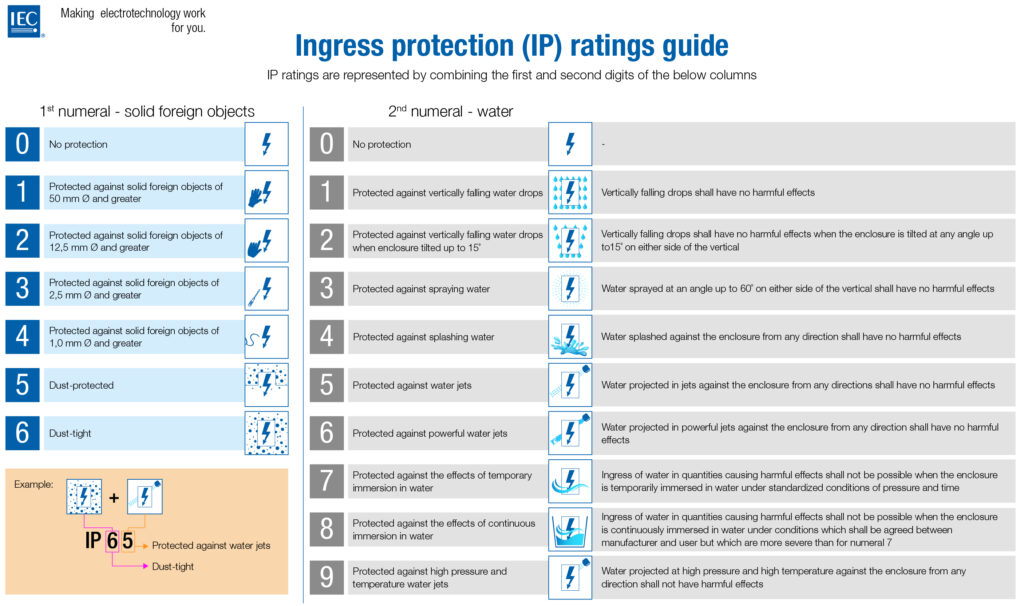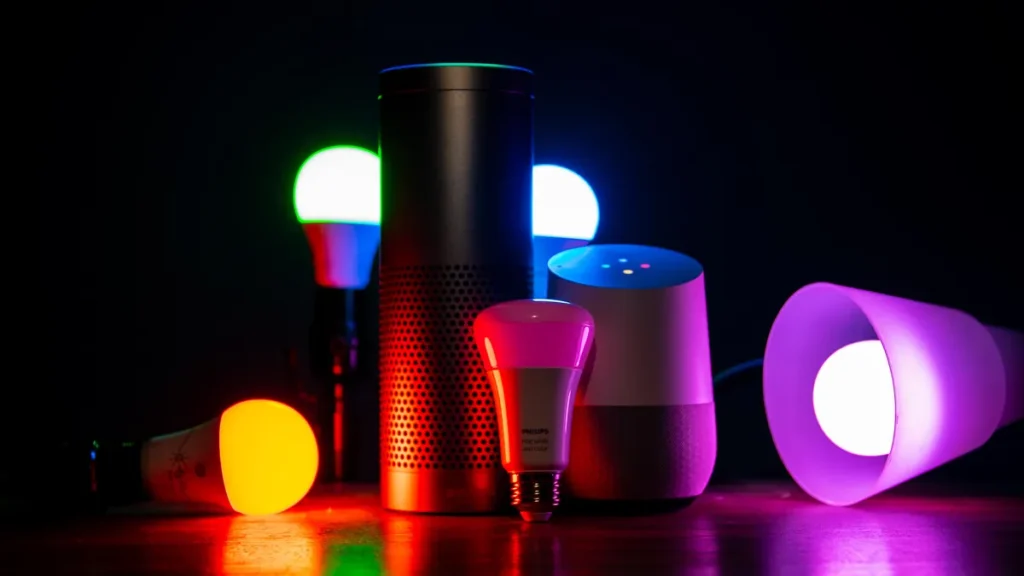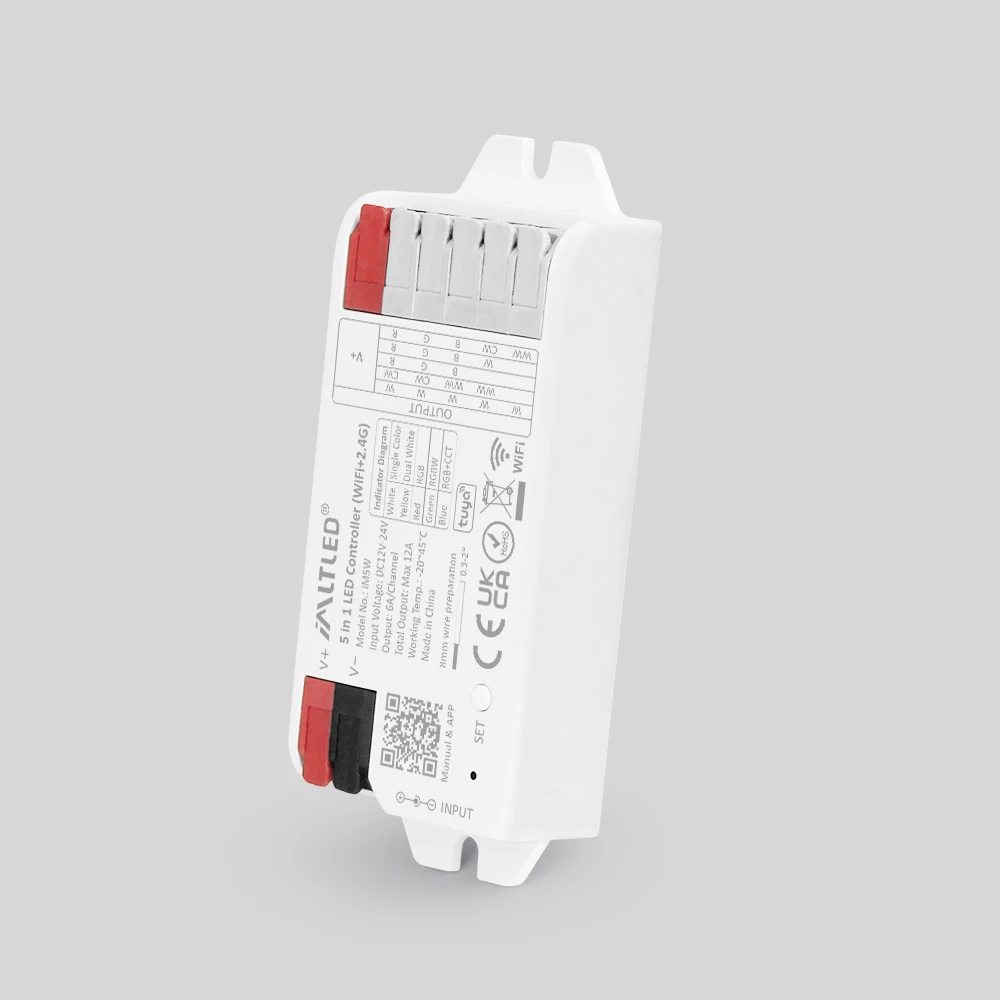In today’s technology-driven world, ensuring the durability and safety of devices is paramount. One of the essential measures of a device’s resilience is its Ingress Protection (IP) rating. Particularly, when discussing electronic gadgets, household appliances, or navigation devices, the focus often falls on the device’s waterproofness. This article will explore the significance of IP ratings and what they mean in terms of waterproof levels, shedding light on how consumers can make informed choices about their devices. auoky.com
What is an IP Rating?
The IP rating, also known as Ingress Protection rating, originated from the International Electrotechnical Commission (IEC) and has become a standardized method for assessing the protective features of enclosures for electrical equipment. The format is commonly denoted as “IP” followed by two digits (IPXX).
Breaking Down the IP Rating
- First Digit (0-6): This digit indicates the level of protection against solid objects, like dust or dirt. A rating of ‘0’ means no protection, while ‘6’ signifies complete dust ingress protection.
- Second Digit (0-9): The second digit represents the protection level against liquids, including water. A ‘0’ again means no protection, while ‘9’ indicates protection against high-pressure and high-temperature water jets.
Let’s delve deeper into what these ratings mean for waterproof capabilities.
Understanding the Waterproof Ratings
The second digit of the IP rating is where the waterproof capabilities come into play. Below are descriptions of various levels of water resistance:
- IPX0: No protection against water.
- IPX1: Protection against vertically falling drops of water.
- IPX2: Protection against drops of water when the device is tilted at an angle of up to 15 degrees.
- IPX3: Protection against water spray at an angle up to 60 degrees from vertical.
- IPX4: Protection against water splashed from any direction.
- IPX5: Protection against water jets from a nozzle (with a 6.3mm diameter) from any direction.
- IPX6: Protection against powerful water jets (with a diameter of 12.5mm) from any direction.
- IPX7: Protection against immersion in water up to 1 meter for 30 minutes.
- IPX8: Protection against immersion in water beyond 1 meter depth, usually specified by the manufacturer.
- IPX9K: Protection against close-range high-pressure and high-temperature water spray.
The Importance of IP Ratings in Daily Life
With the increasing integration of technology into everyday life, devices such as smartphones, smartwatches, cameras, and home appliances are now subjected to various environmental conditions. Understanding IP ratings helps consumers assess the risk of water damage and make better purchasing decisions.
- Smartphones and Tablets: Most modern smartphones come with an IP rating. For example, an IP68 rating means the device is dust-tight and can withstand immersion in water beyond 1 meter, making it highly suitable for outdoor activities, such as hiking or swimming.
- Outdoor Equipment: Devices designed for outdoor use, such as GPS units or cameras, often highlight their IP rating prominently. An IP67 or IP68 rating is usually preferred, as these devices often face exposure to rain and splashes.
- Wearable Technology: Waterproof levels of fitness trackers and smartwatches are crucial, especially for those who swim or engage in outdoor sports. A higher IP rating means a reduced risk of damage during rigorous activities.
- Household Appliances: In an era where smart home technology is prevalent, understanding the waterproof levels of household devices—like smart speakers and kitchen gadgets—can save users from costly repairs.
Real-World Applications and Limitations
While IP ratings provide an assurance of durability, it’s important to understand their limits. For example, an IPX7 rating does not mean the device is safe from prolonged immersion; it denotes performance for a specific duration and depth. Also, factors like wear and tear over time, or exposure to high temperatures and pressure, can influence a device’s water resistance.
Moreover, some devices may be advertised with waterproof features suggesting they can be used underwater, but this may not always align with their actual IP rating. Therefore, it is advisable to consult the manufacturer’s guidelines for detailed usage instructions.
Final Thoughts
The IP rating system serves as a useful guideline for gauging the protection level of devices against dust and moisture. When considering the waterproof level, consumers should refer to the second digit of the IP rating and evaluate how it aligns with their lifestyle needs.
As technology continues to evolve, manufacturers are likely to take waterproofing and dust resistance seriously, ensuring devices can withstand everyday challenges. By understanding IP ratings, consumers can make well-informed choices, ensuring they invest in products that meet their durability requirements.
In conclusion, whether you are looking to buy a new smartphone, outdoor gear, or household devices, always pay attention to the IP rating. It is a small but significant detail that can help you choose products designed to withstand the trials of daily life. auoky.com


